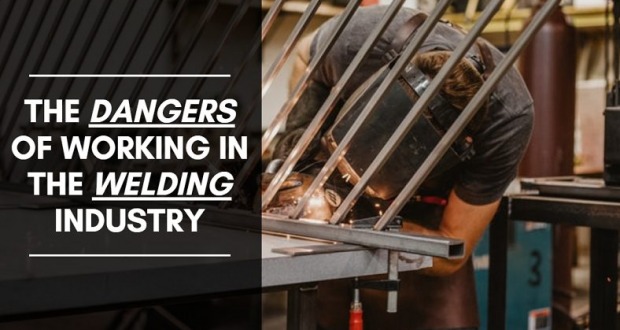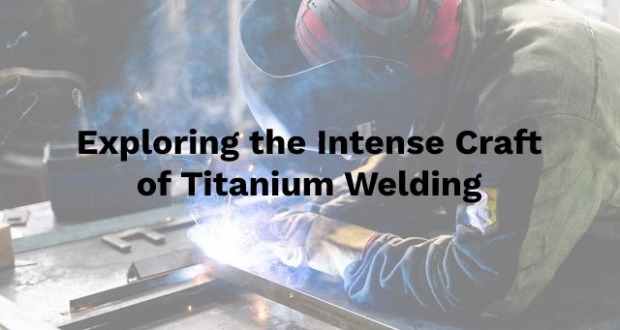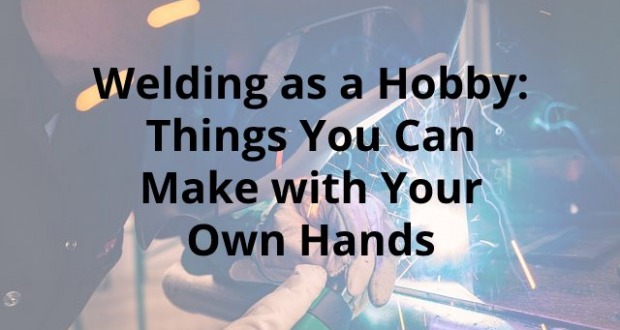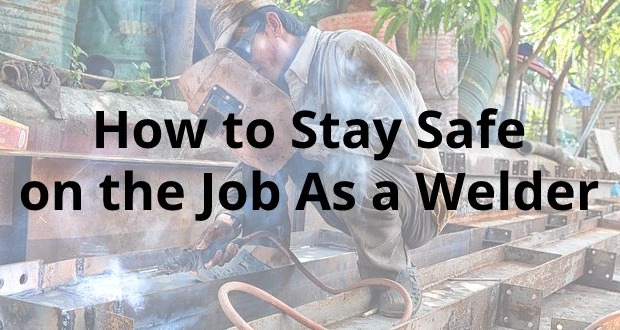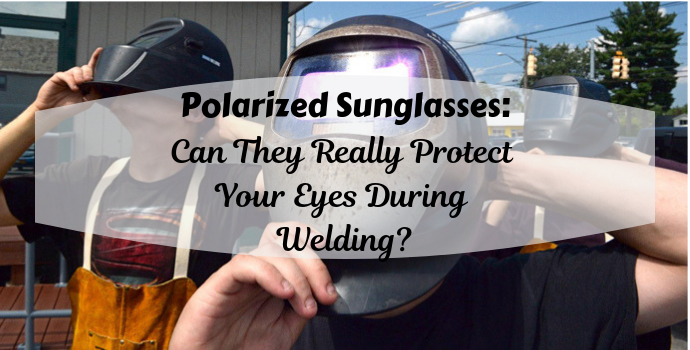
When you see someone welding, there is a good chance that they are wearing a helmet or safety glasses while they are working. Many welders will also place a visual barrier around what they’re working on to prevent the light from their welding arc to interfere with the vision of those who are around.
Much like how a solar eclipse can hurt your vision if you stare at it for too long, the light produced by a welding arc requires eye protection.
Do polarized lenses provide you with an adequate level of protection from the brightness of a welding arc?
The answer is an unequivocal no.
Polarized Lenses and Welding
When an arc is created for welding purposes, you’re creating electricity that is manipulated between an electrode and a piece of metal. The machine being used to generate the electricity will project intense heat and light when engaged, which can be as high as 11,000 degrees Celsius.
That temperature can be hotter than the visible layers of the sun.
Even though polarized lenses do provide a modicum of protection from bright lights, there are three specific reasons why they do not offer the required protection welders require when working.
1. Polarized lenses are able to block one form of light only.
2. The welding arc produced by the equipment is too bright for the lenses.
3. There are other forms of light which are harmful beyond what is visible.
When you’re wearing polarized lenses, you are filtering out the horizontal light that approaches your eyes. These lenses reflect the light which strikes your eyes directly.
With the light of a welding arc, your eyes are receiving horizontal, vertical, and diagonal exposure to the brightness produced. Blocking one out of the three is not enough. The polarized lenses would allow enough of the light through to potentially damaged your eyes.
What About Dark Polarized Lenses?
Even with the darkest polarized lenses available on the market today, a welding arc’s brightness would still overwhelm your eye protection. When you compare the darkness of the average welding mask to the darkness of polarized lenses that are found on modern sunglasses, the difference is profound.
A welding mask is far too dark to be used as sunglasses. Sunglasses are far too light to be used as welding glasses.
For argument’s sake, let’s say that someone in the future produces a pair of sunglasses that can be dark enough to protect your eyes from the brightness of the welding arc. Let’s even say that these glasses protect you from all levels of light impact that approach your eyes.
They would still be inadequate for welding.
A welding arc produces ultraviolet and infrared light, in addition to the visible light that can be damaging to the eyes. For the polarized lenses to be effective, it would be necessary to have them filter out the non-visible light of the arc too.
Can I Combine Polarized Lenses with My Welding Helmet?
If you own an auto darkening welding helmet, then you already have a lens which offers multiple polarization filters. Because of that structure, if you wear polarized sunglasses while wearing a welding helmet with darkening capabilities, there is a good chance that you will see nothing at all.
The standard welding lens is comprised of six different layers. Three of those layers are polarization filters.
Your first layer takes care of the ultraviolet and infrared interference which is generated by the welding arc. It is created by using a thin glass substrate with metallic layers of aluminum oxide and silver to absorb the radiation before it reaches your eyes.
Then the next 5 layers alternate between the polarized lens and an LC-cell on the standard welding helmet.
The polarization filters help to darken the visible light which is produced by the welding arc. The first two lenses are arranged in the same way, while the third is installed at a 90-degree angle from the other two. Twisting the polarized lenses creates the darkening effect to protect your eyesight.
The LC-cells are liquid crystal cells which have a unique ability: they can turn the light from the welding arc. When these crystals are lying flat, they can twist the light by up to 90 degrees.
When the cells are stimulated by an electrical current, then you get to be in control of how far the light is bent. Many auto darkening welding helmets make it possible to have the LC-cells not even refract the light at all, if that is what is required for your project.
Then together, all these elements work to provide an adequate level of protection for when you are working.
Why Cheaper Helmets Can Sometimes Be Dangerous
If you’re using a basic welding helmet, you may not receive the protection from polarized lenses that you would with other models.
Some helmets include a lens shade that is made from tinted plastic or tinted glass without the variable-density filter provided by the polarized lenses.[1]
In that specific circumstance, you may be able to experience a benefit by wearing polarized sunglasses with an entry-level welding helmet.
To ensure your eyes are as protected as possible, it is essential that you inspect your helmet for cracks before using it. Any cracks in the helmet may compromise the visual protections offered by the auto darkening lens.
Experienced welders will tell you that there is no room for shortcuts here. Even if you need to tack something quickly and that’s all you need to do, polarized lenses cannot be your only form of eye protection.
It only takes a moment of looking directly at the welding arc to potentially cause permanent damage to your eyes. The bright light may cause retinal burns similar to what happens during an eclipse. Many people experience no pain from the injury, which may take a few hours, or a few days, to create symptoms.
Always seek treatment immediately if you’ve been exposed to the light of a welding arc. To prevent eye damage, make sure your welding helmet offers you full protection at all times, including polarized lenses in its structure.


